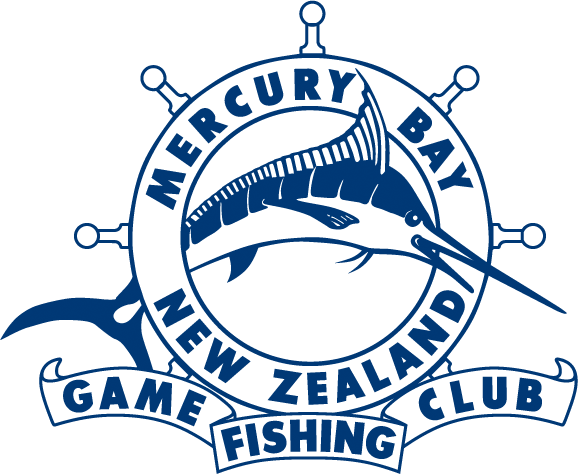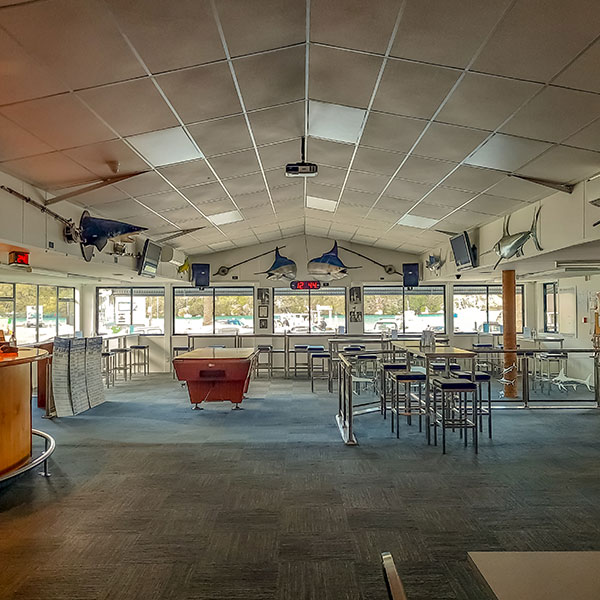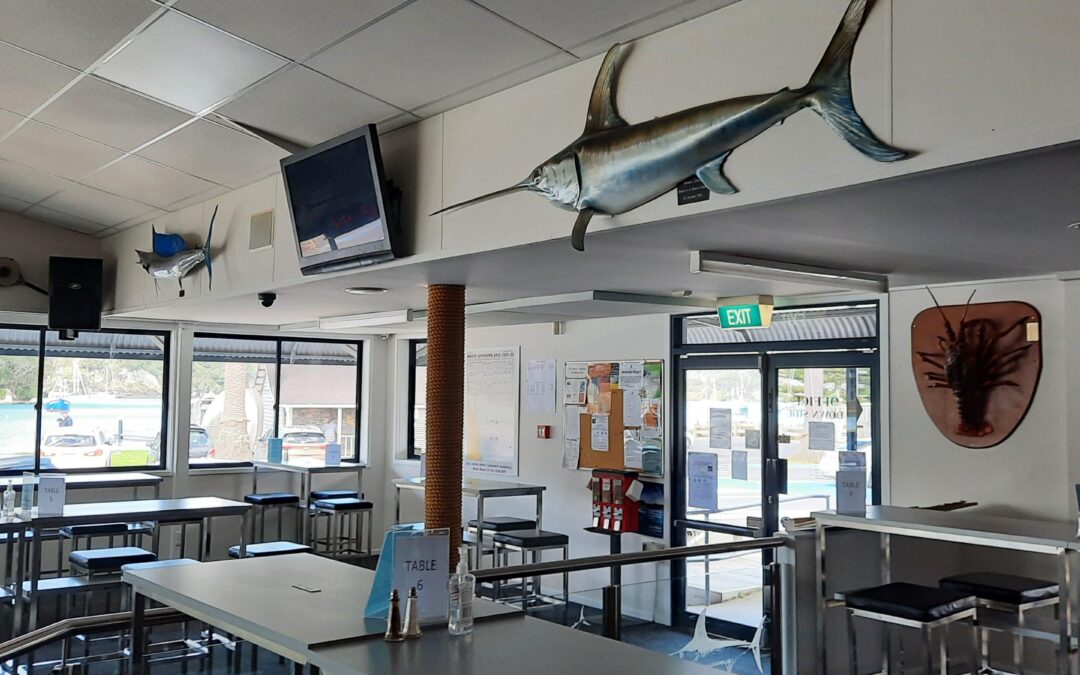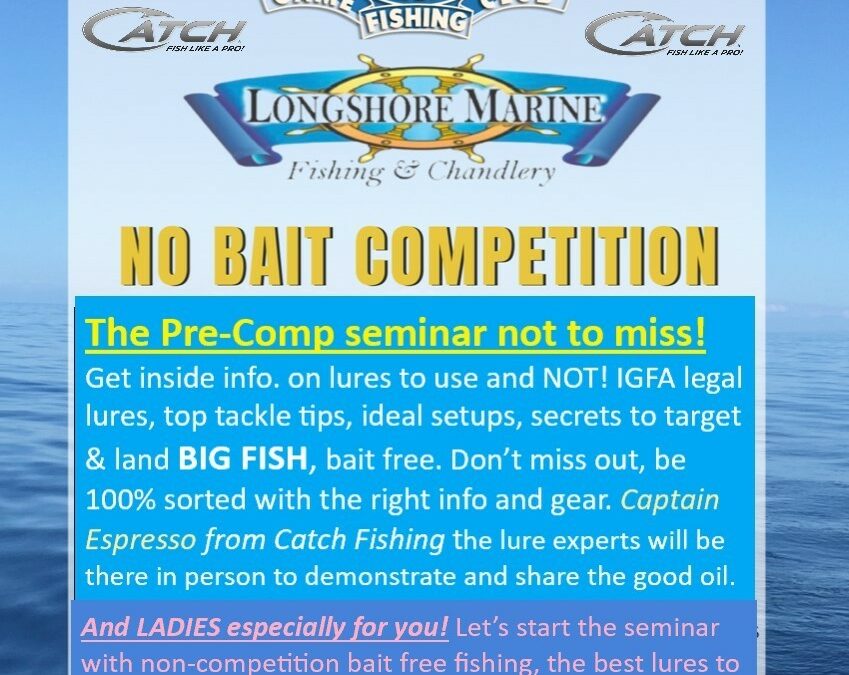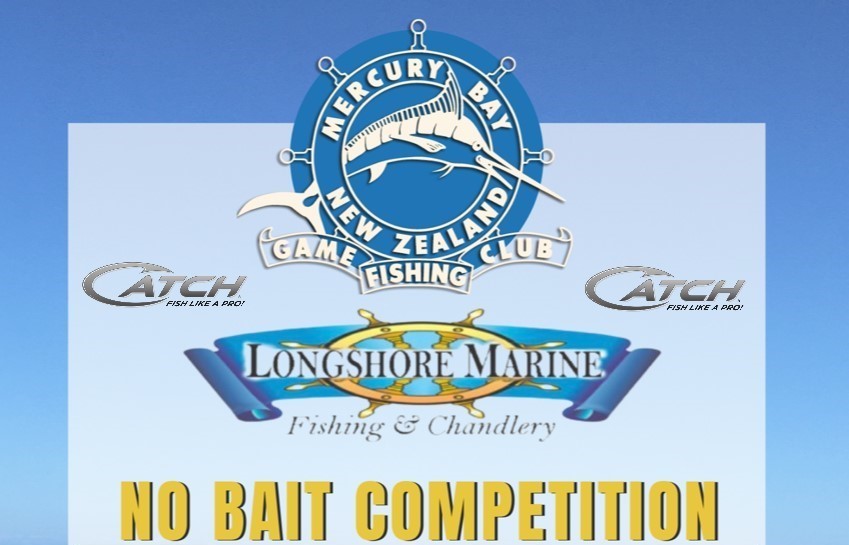Regarding the opposition of the Mercury Bay Game Fishing Club to the implementation of marine reserves or ‘no take’ areas.
In our experience, being deeply immersed in the recreational fishing industry, we have found recreational fishers to be among the most conservation-minded people in the community. These people are extremely interested, and in some cases, concerned, about marine biodiversity and how we can make the marine environment a better place. As with any other sector in society, you will always find the odd rogue, but the vast majority share this concern and love for the marine environment and the life within it.
It is fair to suggest that through the actions of humans, the marine environment and marine biodiversity have suffered significantly, especially in the last hundred years or so as the world population has exploded and advances in technology have made finding and harvesting marine species a lot easier. As a result we regularly find marine species or areas that are not faring as well as they should. The immediate call for marine reserves or ‘no take’ areas, comes from a number of interest groups. Many of the public, with the best of intentions but little knowledge, get caught up in this ‘wave’ for what seems like a good idea.
We believe that if a particular marine species or area is under pressure, something has caused that to happen. Almost always, it is going to be one of: fisheries management (somebody has been taking too much of something), deterioration of the marine environment (for example sediment and/or toxins flowing from the land), or physical destruction of habitat (for example dredging and bottom trawling). Implementing a ‘no take’ area does absolutely nothing to address any of these causes. In many instances, a ‘no take’ area won’t even fix a problem in the specific area being targeted, let alone the surrounding areas.
The implementation of a marine reserve, also called a marine protection area (MPA), implies that something within that area requires protection. We believe the question should be asked “Protection from what, or whom?”
If something is causing stress in a particular marine area or with a particular species, more needs to be done to establish the cause. Water quality tests, fish biomass surveys and more science regarding the life cycle of different species (especially juveniles) are among the tools that should be used to establish what may be going wrong and where.
We can illustrate this by example:
Juvenile snapper that are between about 10mm and 90mm long, prefer to live in biogenic habitat. An example of biogenic habitat is one just outside an estuary (within which the juveniles would have grown to about 10mm) consisting of scallops, horse mussels, sponges etc. The juvenile snapper can find enough food and shelter in this environment to give them the best chance of survival to the next part of their life cycle when they get bigger than about 90mm.
If we dredge or trawl this biogenic habitat (e.g. dredging for the scallops), significant damage occurs to the habitat – enough to affect the ability of the juvenile snapper to survive. If there is too much deterioration in water quality in this area for a sustained period (e.g. sediment and/or toxins caused by run-off from the land), this will affect not only juvenile snapper, but just as importantly, the scallops, horse mussels, sponges etc. that make up the biogenic habitat where they’re trying to live.
We would argue in this example that instead of the implementation of an MPA, water quality studies and the banning of dredging and trawling would provide a long term solution. Analysing the quality of the water would help to determine whether pollution in the water is caused by sedimentation or other toxins (and exactly what those toxins are) and the source can then be identified. For anybody who has taken the time to study the effect of human caused disturbance on the seafloor (dredging and trawling), the banning of these practices in any area that juvenile species are trying to survive is simply a ‘no brainer’ and it is a wonder this hasn’t happened already.
The implementation of MPA’s will only protect the specific area if the problems have been caused by poor fisheries management or physical destruction of habitat. Both of these causes can be addressed without the creation of an MPA. The MPA will almost certainly displace the fishing effort from that particular area to the surrounding areas or, at least, some other area – putting these other places under even more pressure (same amount of fishing but less area available in which to do it). The likely outcome is a desert-oasis scenario where we have small areas of high biodiversity surrounded by large barren areas of low biodiversity. Why can’t we care about the whole marine environment rather than just these small designated MPA’s? Of course if the problems are caused by environmental issues (e.g. run-off from land), there will be almost no benefit to the biodiversity within the MPA as the cause hasn’t been addressed at all.
We believe that MPA’s do have a place in the marine environment but that they should be limited to reasonably accessible areas and only used for education, scientific study, or tourism in a broad sense. If MPA’s are proposed to fix perceived problems in an area or with a particular species, we have failed in establishing the cause and we need to make the effort to find out what it is that is actually causing the problem.
There has been recent discussion, led by Waikato Regional Council (WRC), to identify areas that should be effectively turned into MPA’s using the Resource Management Act. We are totally opposed to this random allocation of areas to be declared ‘off limits’, which will deeply affect the ability of members of our community to catch fish to feed their families, and will definitely flow through to affect the economies of the many coastal townships around the Waikato.
We believe that if WRC is genuinely concerned about the biodiversity in some parts of the marine space, that they should use their resources to establish what is causing the reduction in marine biodiversity in that area and actually fix the problem rather than moving it to another area by placing some marine areas ‘off limits’.
Be assured that the vast majority of recreational fishers are extremely interested in preserving and increasing marine biodiversity but we absolutely disagree that using such a blunt instrument as a Marine Protected Area is the best option and that other tools should be used to provide for a better outcome.
